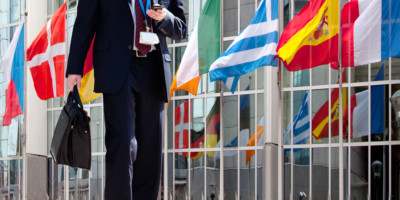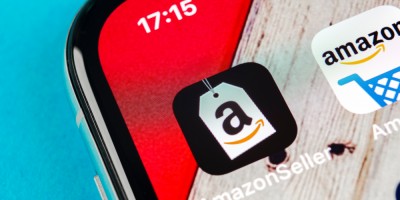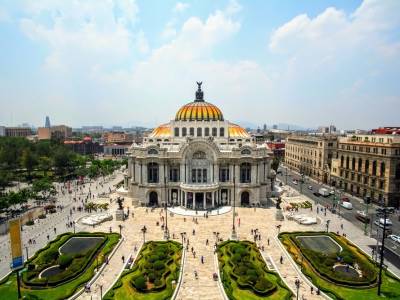-
美国
MetaBirkins NFT found to infringe Hermes trademark
22 3 月 2023
- 知识产权
Summary
Artist Mason Rothschild created a collection of digital images named “MetaBirkins”, each of which depicted a unique image of a blurry faux-fur covered the iconic Hermès bags, and sold them via NFT without any (license) agreement with the French Maison. HERMES brought its trademark action against Rothschild on January 14, 2022.
A Manhattan federal jury of nine persons returned after the trial a verdict stating that Mason Rothschild’s sale of the NFT violated the HERMES’ rights and committed trademark infringement, trademark dilution, and cybersquatting (through the use of the domain name “www.metabirkins.com”) because the US First Amendment protection could not apply in this case and awarded HERMES the following damages: 110.000 US$ as net profit earned by Mason Rothschild and 23.000 US$ because of cybersquatting.
The sale of approx. 100 METABIRKIN NFTs occurred after a broad marketing campaign done by Mason Rothschild on social media.
Rothschild’s defense was that digital images linked to NFT “constitute a form of artistic expression” i.e. a work of art protected under the First Amendment and similar to Andy Wahrhol’s paintings of Campbell’s soup cans. The aim of the defense was to have the “Rogers” legal test (so-called after the case Rogers vs Grimaldi) applied, according to which artists are entitled to use trademarks without permission as long as the work has an artistic value and is not misleading the consumers.
NFTs are digital record (a sort of “digital deed”) of ownership typically recorded in a publicly accessible ledger known as blockchain. Rothschild also commissioned computer engineers to operationalize a “smart contract” for each of the NFTs. A smart contract refers to a computer code that is also stored in the blockchain and that determines the name of each of the NFTs, constrains how they can be sold and transferred, and controls which digital files are associated with each of the NFTs.
The smart contract and the NFT can be owned by two unrelated persons or entities, like in the case here, where Rothschild maintained the ownership of the smart contract but sold the NFT.
“Individuals do not purchase NFTs to own a “digital deed” divorced to any other asset: they buy them precisely so that they can exclusively own the content associated with the NFT” (in this case the digital images of the MetaBirkin”), we can read in the Opinion and Order. The relevant consumers did not distinguish the NFTs offered by Rothschild from the underlying MetaBirkin image associated to the NFT.
The question was whether or not there was a genuine artistic expression or rather an unlawful intent to cash in on an exclusive valuable brand name like HERMES.
Mason Rothschild’s appeal to artistic freedom was not considered grounded since it came out that Rothschild was pursuing a commercial rather than an artistic end, further linking himself to other famous brands: Rothschild remarked that “MetaBirkins NFTs might be the next blue chip”. Insisting that he “was sitting on a gold mine” and referring to himself as “marketing king”, Rothschild “also discussed with his associates further potential future digital projects centered on luxury projects such watch NFTs called “MetaPateks” and linked to the famous Swiss luxury watches Patek Philippe.
TAKE AWAY: This is the first US decision on NFT and IP protection for trademarks.
The debate (i) between the protection of the artistic work and the protection of the trademark or other industrial property rights or (ii) between traditional artistic work and subsequent digital reinterpretation by a third party other than the original author, will lead to other decisions (in Italy, we recall the injunction order issued on 20-7-2022 by the Court of Rome in favour of the Juventus football team against the company Blockeras, producer of NFT associated with collectible digital figurines depicting the footballer Bobo Vieri, without Juventus’ licence or authorisation). This seems to be a similar phenomenon to that which gave rise some 15 years ago to disputes between trademark owners and owners of domain names incorporating those trademarks. For the time being, trademark and IP owners seem to have the upper hand, especially in disputes that seem more commercial than artistic.
For an assessment of the importance and use of NFT and blockchain in association also with IP rights, you can read more here.





















